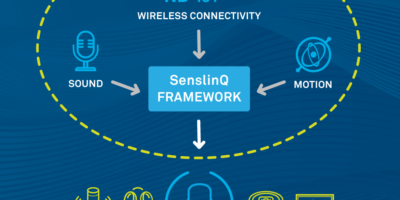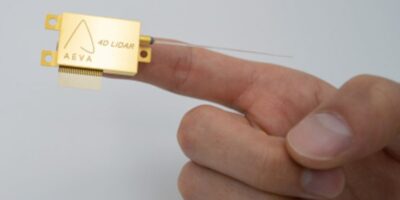At CES this week, Infineon will present what it claims is the world’s smallest 3D image sensor for face authentication and photo effects.
Infineon Technologies has collaborated with software and 3D time of flight (ToF) system specialist, pmdtechnologies, to develop what it claims is the world’s smallest and most powerful 3D image sensor. The Real3 chip measures 4.4 x 5.1mm and is the fifth generation of ToF deep sensors from Infineon.
Andreas Urschitz, president of the power management and multi-market division at Infineon, said: “We see great growth potential for 3D sensors, since the range of applications in the areas of security, image use and context-based interaction with the devices will steadily increase.” The 3D sensor also allows the device to be controlled via gestures, so that human-machine interaction is context-based and touch-free.
The depth sensor ToF technology enables an accurate 3D image of faces, hand details or objects, required to ensure that an image matches the original to verify payment transactions using mobile phones via facial recognition. This function requires an extremely reliable and secure image and return transmission of the high-resolution 3D image data. The same applies to securely unlocking devices with a 3D image. The Infineon 3D image sensor also implements this in extreme lighting conditions such as strong sunlight or in the dark.
The IRS2887C 3D image sensor also has additional options for photo taking, such as enhanced autofocus, bokeh effect for photo and video and improved resolution in poor lighting conditions. Real-time full-3D mapping also allows authentic augmented reality experiences.
Production will begin in the middle of 2020.
In addition, Infineon Technologies offers an optimised illumination driver (IRS9100C).
Infineon Technologies provides semiconductors to “make life easier, safer and greener”. It has approximately 41,400 employees worldwide.







